Generative AI was developed largely without government assistance, but its next phase will require government involvement.


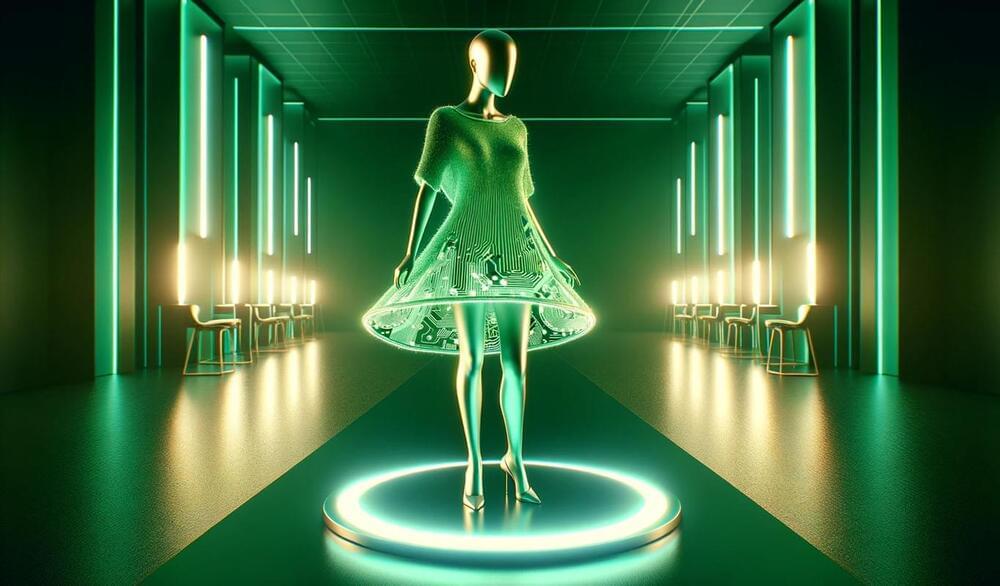
In the ongoing journey to create and understand AI (artificial intelligence), a key challenge has been determining if and when a machine has achieved consciousness.
While early AI research focused on mimicking human behavior, modern advancements have revealed the limitations of traditional evaluations like the Turing Test.
As we push the boundaries of AI development, we must redefine how we measure machine intelligence, moving beyond surface-level interactions to explore deeper levels of awareness, creativity and self-consciousness.


Send us a text.
Put simply, the brain is not too warm or wet for consciousness to exist as a wave that connects with the universe.
For decades, Penrose has been working with anesthesiologist Stuart Hameroff on a theory of consciousness called Orchestrated Objective Reduction (Orch OR). Penrose primarily handles the physics of Orch OR, whereas Hameroff handles the biology. Their theory addressed serious gaps in established scientific frameworks spanning physics, neuroscience and psychology. All, some or none of the hypotheses in this theory might prove out experimentally. See the paper below as a step towards proof.
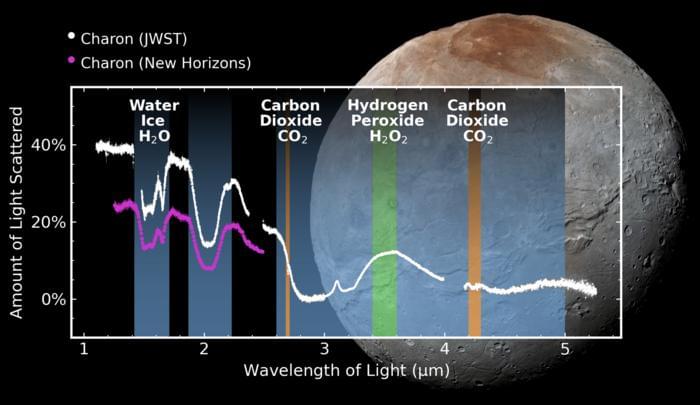
What secrets can Pluto’s moon, Charon, reveal about the formation and evolution of planetary bodies throughout the solar system? This is what a recent study published in Nature Communications hopes to address as an international team of researchers led by the Southwest Research Institute (SwRI) used NASA’s James Webb Space Telescope (JWST) to conduct the first-time detection of hydrogen peroxide and carbon dioxide on Charon’s surface, which adds further intrigue to this mysterious moon, along with complementing previous discoveries of water ice, ammonia-bearing species, and organic materials, the last of which scientists hypothesize could explain Charon’s gray and red surface colors.
“The advanced observational capabilities of Webb enabled our team to explore the light scattered from Charon’s surface at longer wavelengths than what was previously possible, expanding our understanding of the complexity of this fascinating object,” said Dr. Ian Wong, who is a staff scientist at the Space Telescope Science Institute and a co-author on the study.
Detecting hydrogen peroxide is significant since it forms from the broken-up oxygen and hydrogen atoms after water ice is exposed to cosmic rays, solar wind, or solar ultraviolet light. This indicates that the Sun’s activity influences surface processes so far away, with Charon being approximately 3.7 billion miles from the Sun. The researchers determined that Charon’s carbon dioxide serves as a light coating on Charon’s water-ice heavy surface. While the surface of Charon was studied in-depth from NASA’s New Horizons mission in 2015, these new findings provide greater understanding of the physics-based processes responsible for Charon’s unique surface features.
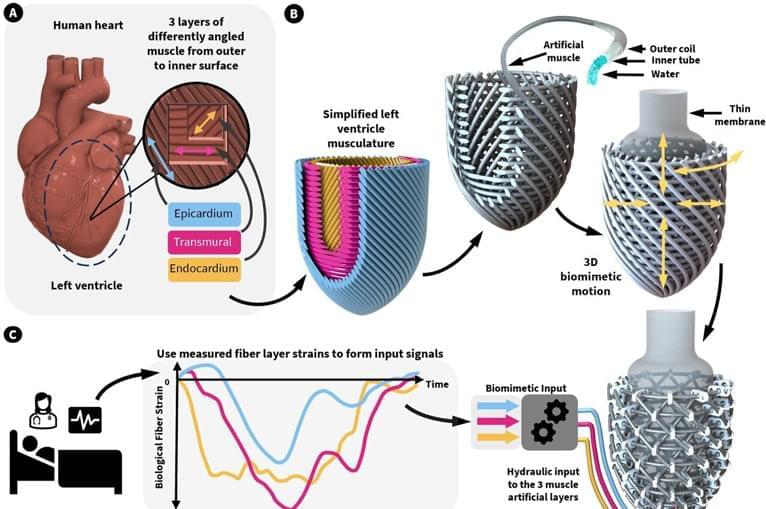
A team of biomechanical engineers at the University of New South Wales, working with a colleague from Queensland University of Technology and cardiac surgeons at St Vincent’s Hospital, Sydney, has developed an artificial human heart left ventricle (LV) that can be used for training heart surgeons and other doctors.
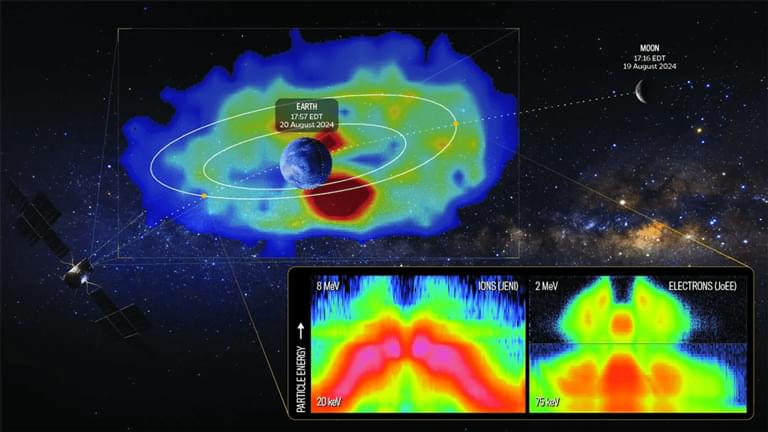
The Jupiter Icy Moons Explorer (JUICE) mission run by the European Space Agency (ESA) has taken the sharpest images ever produced of the Earth’s radiation belt. JUICE has a long mission ahead of it. Launched in April 2023, the spacecraft has to make several gravitational assists before it reaches its target of Jupiter and three of its largest moons…

In a new study, astronomers report novel evidence regarding the limits of planet formation, finding that after a certain point, planets larger than Earth have difficulty forming near low-metallicity stars.
Using the sun as a baseline, astronomers can measure when a star formed by determining its metallicity, or the level of heavy elements present within it. Metal-rich stars or nebulas formed relatively recently, while metal-poor objects were likely present during the early universe.
Previous studies found a weak connection between metallicity rates and planet formation, noting that as a star’s metallicity goes down, so, too, does planet formation for certain planet populations, like sub-Saturns or sub-Neptunes.
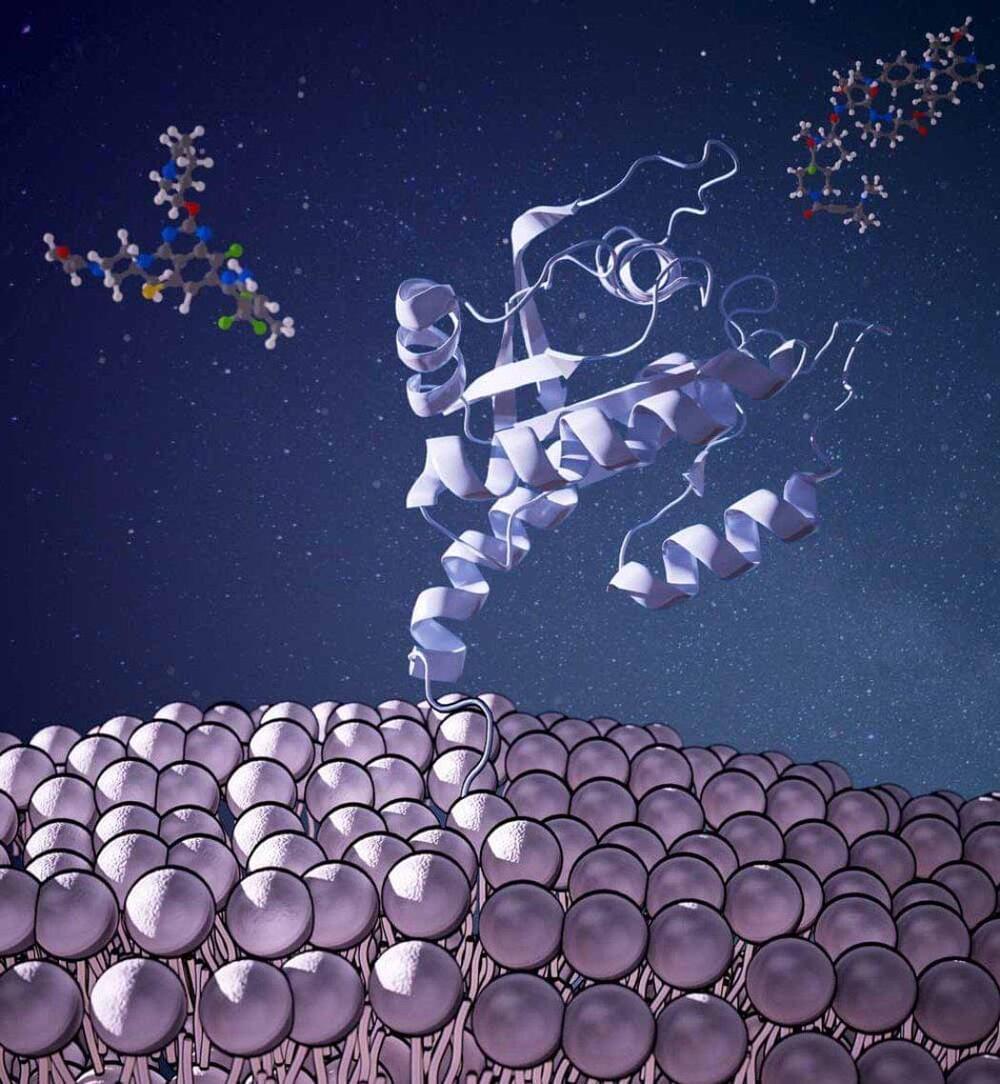
Drugs for the K-Ras oncogene inspire an approach for targeting the GTPases, a family of enzymes whose dysfunction can lead to Parkinson’s and many other diseases.
UCSF scientists have discovered how to target a class of molecular switches called GTPases that are involved in a myriad of diseases from Parkinson’s to cancer and have long been thought to be “undruggable.”
Because of their slippery exteriors, the GTPases have remained largely out of reach of modern drug discovery, with the exception of the notorious cancer-causing GTPase called K-Ras.
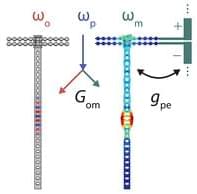
Entanglement is the essential resource that enables quantum information and processing tasks. Historically, sources of entangled light were developed as experimental tools to test the foundations of quantum mechanics. In this study, we make an extreme version of such a source, where the entangled photons are separated in energy by 5 orders of magnitude, to engineer a quantum interconnect between light and superconducting microwave devices.
Our entanglement source is an integrated chip-scale device with a specially designed acoustic transducer, whose vibrations can simultaneously modulate the frequency of an optical cavity and generate an oscillating voltage in a superconducting electrical resonator. We operate this transducer at cryogenic temperatures to maintain the acoustic and electrical components of the device close to their quantum ground state and excite it with laser pulses to generate entangled pairs. We measure statistical correlations between the optical and microwave emission to verify entanglement.
Our work demonstrates a fundamental prerequisite for a quantum information processing architecture in which room-temperature optical communication links may be used to network superconducting quantum-bit processors in distant cryogenic setups.